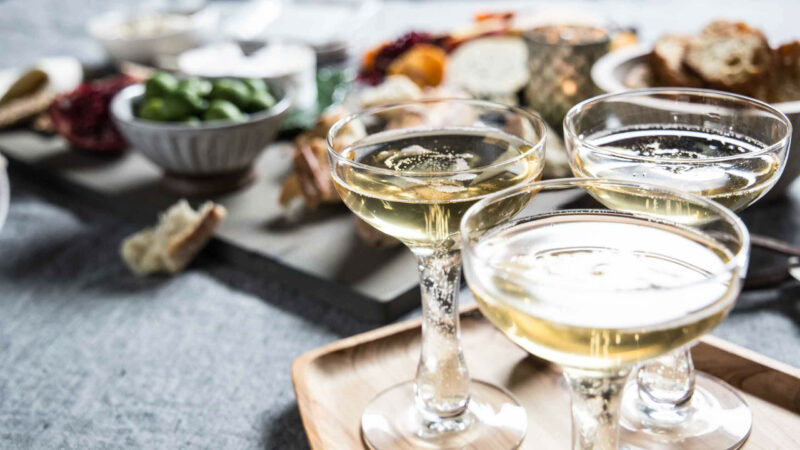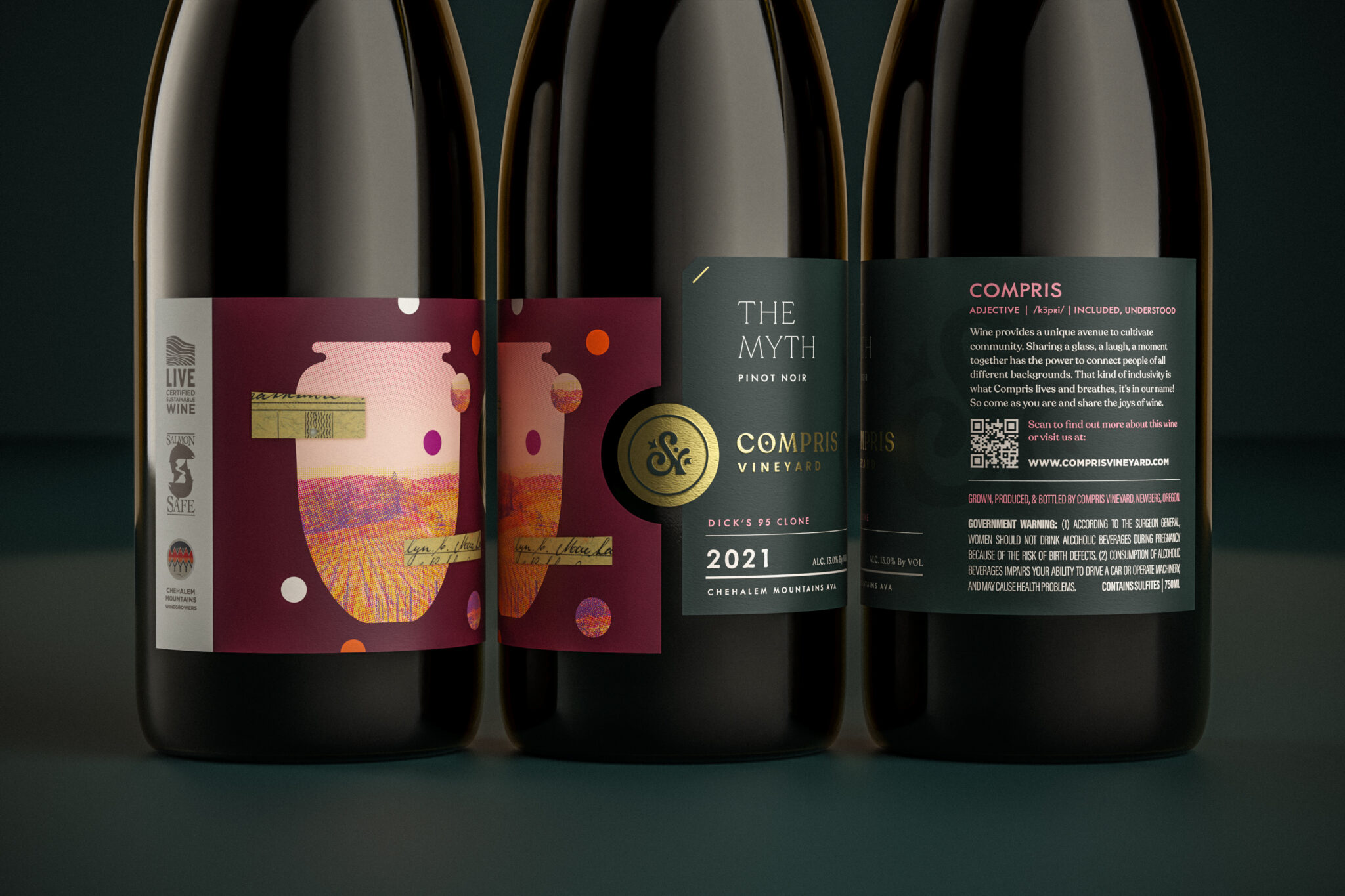If you work with bar or restaurant clients like we do, you may know this already: capitalization of wines is super confusing, especially if you’re trying to be consistent across menus.
Is it Pinot Noir? Or pinot noir? Or maybe Pinot noir? What’s the right cap case for Chianti or chardonnay, and when should it be used? Do you always uppercase the “R” in Rioja?
Whether or not to cap (or uppercase) a certain wine requires some research. We decided to do the digging ourselves and then share the results with you in the hopes that it makes your life a little easier.
Before you read on …
Know that the following is an informed suggestion based on our content strategist’s research coupled with her preferences (she has a background in journalism). The rules below are not absolute. In fact, there’s still a fair amount of debate over which wines are uppercase and when, and which are not. Wine Spectator does it differently than Wikipedia, Decanter Magazine differently than the Washington Post. The point is, marketers and copywriters need to have a plan before tackling a project with a wine list. That’s why we strongly recommend that you and your team have an agreed upon in-house style standard for dealing with wines. Trust us, it will make life so much easier in the long run.
Rule number one
Wines named for their grape varietal are not capitalized. Both The New York Times and the Associated Press Stylebook follow this convention. Other sources argue against it, but we’ve decided if it’s good enough for the “Mainstream Media,” it’s good enough for us.
Examples of wine varietals: pinot noir, chardonnay, zinfandel, cabernet.
The only exception to this rule that we found–other than some sources suggesting varietals can, in fact, be capped–is when a wine grape is actually named after the region where it’s grown. Such is the case for Burgundies and Bordeauxs, which are both regions in France and also the name of grape varietals from those regions. However, please note, it’s only an uppercase Bordeaux if it’s indeed from Bordeaux. If it’s from California, it’s bordeaux (although it’s not really a bordeaux at all. Wink). Confusing, right?
Which brings us to …
Rule number two
Wines that are named after or for a region or place are always capitalized–example: again Bordeaux and Burgundy, but also Cognac, Champagne, Rioja, Chianti, Lambrusco, Cava, Asti and more. Wines that call themselves one of the following, but are not actually from the corresponding region should never be uppercased. Example: a chianti from California, cava from South America, any kind of sparkling wine not actually from Champagne in France.

A quick hit list for your convenience
Wines that are not capitalized because they’re named for their grape of origin.
- Popular Reds
- shiraz or syrah
- petite syrah (not to be confused with the above)
- cabernet sauvignon
- petit perdot
- merlot (French, form of “merele” meaning blackbird)
- pinot noir (French for “black pinecone,” which describes the grapes)
- malbec
- tempranillo (diminutive of teprano, “early,” in Spanish)
- All table wine, including vins de table (French), vino da tavola (Italian), vino de mesa (Spanish)
- Popular Whites
- sauvignon blac (French for “wild white”)
- riesling (a German wine)
- chardonnay (fun fact: this varietal originated in Burgundy, France)
- pinot grigio or pinot gris
- Other Popular Wines
- port
- sherry
- rosé (a style of wine, red sparkling wine to be exact)
Wines (of all kind) that are for sure capitalized
- Chianti (region in Italy)
- Chinon (town in France, the wine is from this area)
- Champagne (but only if it’s from the Champagne region of France)
- Lambrusco (Italian sparkling red)
- Cava (sparkling wine from Spain)
- Espumante (sparkling wine from Portugal)
- Asti (sparkling wine from Italy)
- Rioja (from the Rioja region in Spain)
- Burgundy (region in France)



